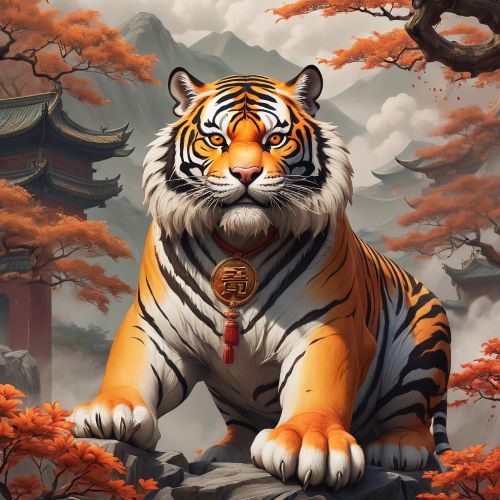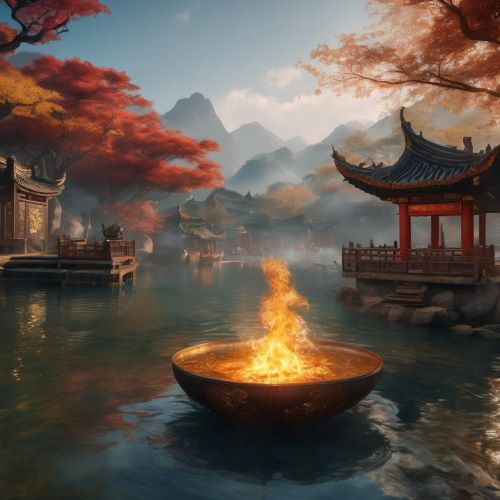Panchakanya : The Five Legendary Women Who Shaped Indian Mythology
In Indian mythology, few concepts hold as much poetic, philosophical, and cultural depth as the Panchakanya. These five legendary women—Ahalya, Draupadi, Kunti, Tara, and Mandodari—are revered not for perfection, purity, or moral simplicity, but for embodying extraordinary resilience in the face of immense adversity. The word kanya often translates to “maiden,” but in the context of the panchakanya, it refers to women whose spiritual power transcends social norms and whose stories inspire reflection, introspection, and inner strength.
Across India, a sacred verse known as the Panchakanya Stotra is recited daily by many households:
“Ahalya, Draupadi, Kunti, Tara, Mandodari… remembering the Panchakanya destroys great sins.”
This invocation signifies not the worship of perfection, but the understanding that wisdom is often born from struggle. The panchakanya stand as mythic archetypes of courage, sacrifice, compassion, intelligence, and unwavering determination.
Ahalya: The Awakening of Redemption
Ahalya is often described as the most beautiful woman created by Brahma. Married to sage Gautama, her life takes a dramatic turn when she is deceived by Indra. While different traditions offer varying interpretations—some highlighting innocence, others highlighting transgression—the essence of Ahalya’s story lies in transformation. Turned to stone or cursed to invisibility (depending on the retelling), she is ultimately liberated by Rama.
Ahalya’s presence in the panchakanya reflects themes of forgiveness, spiritual rebirth, and the enduring possibility of renewal.
Draupadi: Fire, Justice, and Unyielding Spirit
Born from sacrificial flames, Draupadi is the fiery queen of the Mahabharata—complex, powerful, and unapologetically human. As the wife of the five Pandavas, she endures humiliation in the Kaurava court, where she becomes a symbol of resistance and divine justice.
Her vow to seek vengeance, upheld by Krishna, sets the stage for the epic war of Kurukshetra. Draupadi’s story is one of courage under unimaginable pressure, where her voice becomes a force that redefines dharma itself.
Her inclusion in the panchakanya highlights assertiveness balanced with deep devotion, a reminder that spiritual strength and emotional vulnerability can coexist.
Kunti: Motherhood, Destiny, and the Weight of Choices
Kunti, mother of the Pandavas, is a woman whose life is shaped by both divine blessings and heavy burdens. Granted a mantra that allows her to invoke any god for a child, she becomes the mother of Karna, whom she is forced to abandon due to societal pressures.
Her later years are marked by political struggles, moral dilemmas, and heart-wrenching loyalties. Yet throughout the Mahabharata, Kunti remains a figure of profound inner wisdom and unwavering resolve.
Kunti’s place among the panchakanya symbolizes strength in sacrifice, leadership guided by compassion, and the quiet endurance of a woman navigating destiny itself.
Tara: Wisdom That Calms the Storm
Tara, the queen of the monkey king Vali in the Ramayana, is celebrated for her intelligence and political clarity. When Vali is slain, it is Tara’s counsel and clear-sighted diplomacy that prevents their kingdom from plunging into chaos.
She not only ensures harmony among the vanaras but becomes a voice of reason even in the presence of gods and warriors. Tara represents intellectual brilliance, emotional maturity, and the calming power of strategic insight.
Her presence in the panchakanya celebrates wisdom that guides communities and the ability to keep peace even when surrounded by turmoil.
Mandodari: Loyalty, Grace, and Moral Strength
Mandodari, queen of Ravana, is one of the noblest characters in the Ramayana—wise, dignified, and morally grounded. Despite being married to the story’s main antagonist, she continually attempts to guide Ravana away from destruction, advising him to return Sita and avoid the war that would doom Lanka.
Her steadfast loyalty, coupled with her moral clarity, makes Mandodari an exemplar of virtue within complexity. She embodies grace under pressure and the courage to speak truth even to the most powerful figure in her life.
Why the Panchakanya Matter Today
The power of the panchakanya lies not in idealized purity but in their humanity. Each woman lived through extraordinary challenges, often facing moral dilemmas rather than clear-cut choices. Yet all five emerged as symbols of inner resilience, intelligence, dignity, and transformative strength.
In today’s world, their stories continue to resonate with themes of autonomy, justice, forgiveness, and the complexity of a woman’s role in society. They remind us that mythology does not demand perfection—it demands reflection. Through the panchakanya, Indian tradition honours women not for fitting societal expectations but for breaking through them with courage and grace.
No posts were found.









